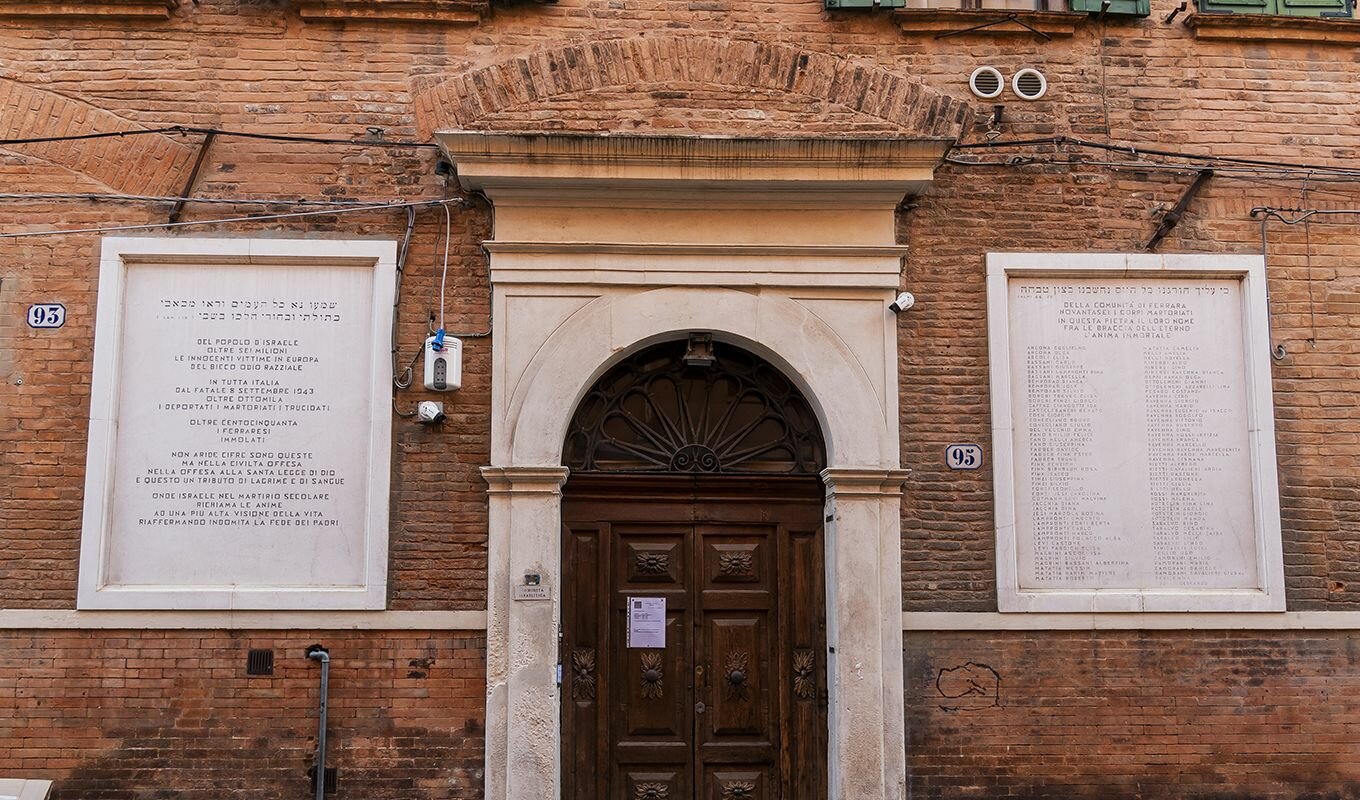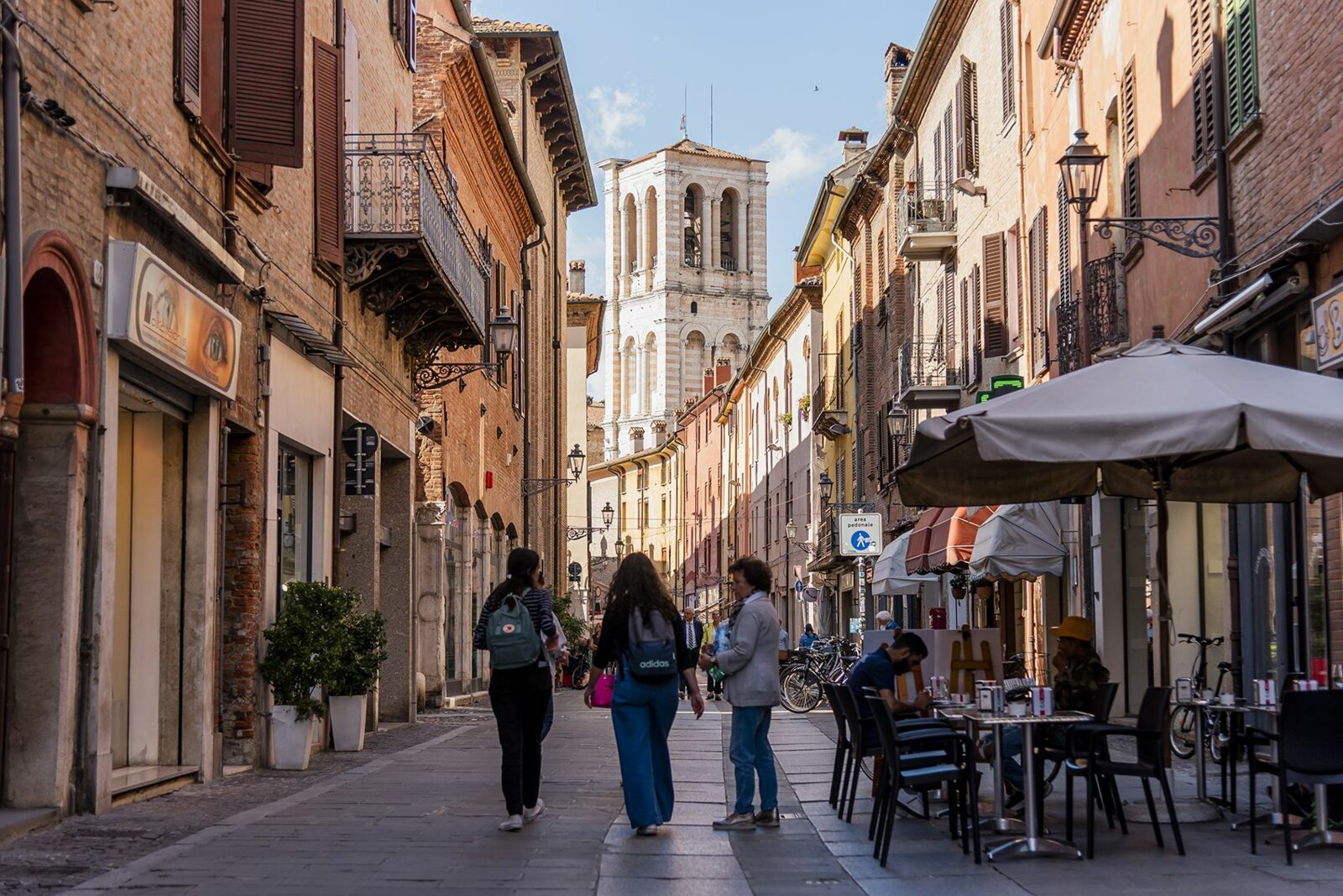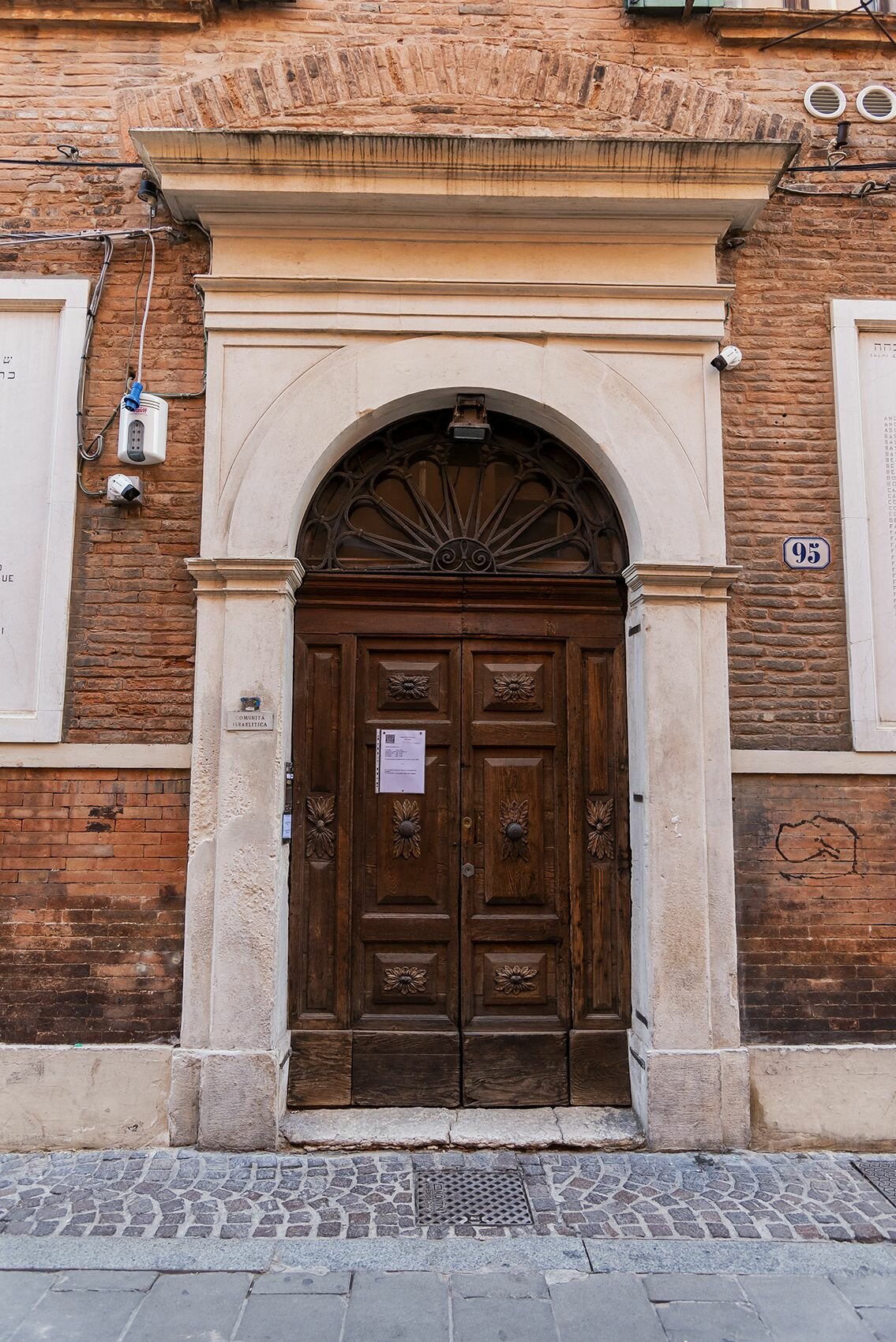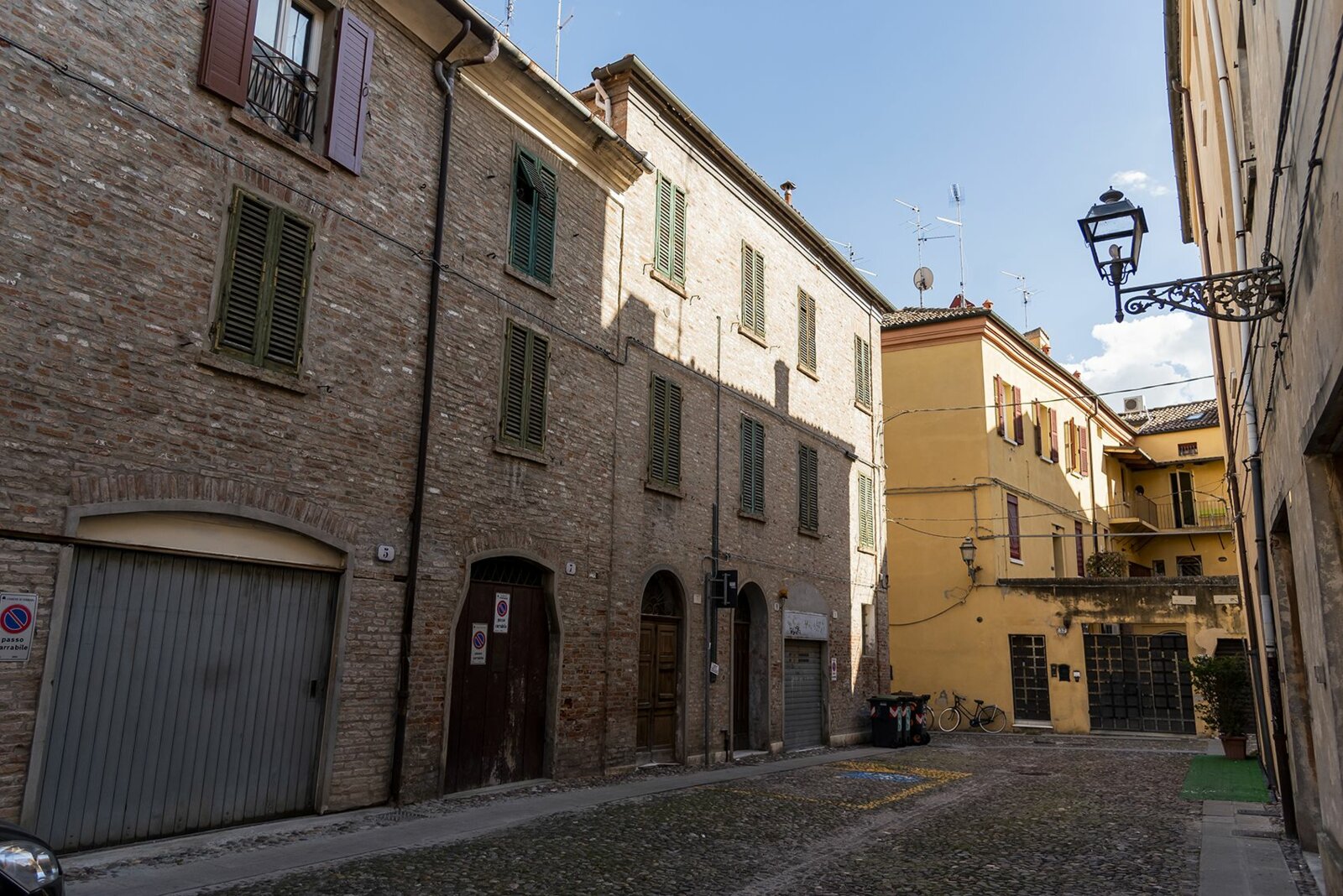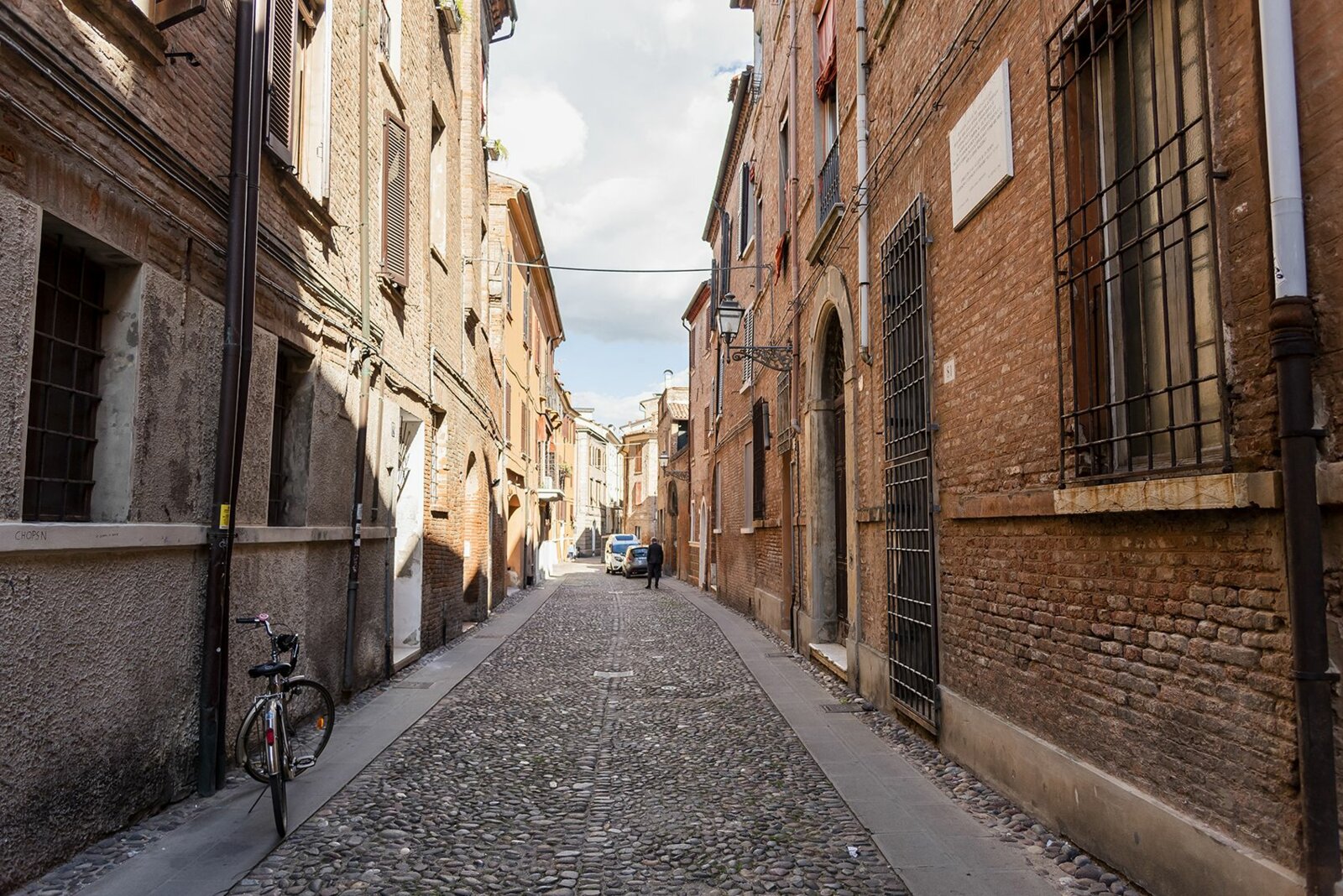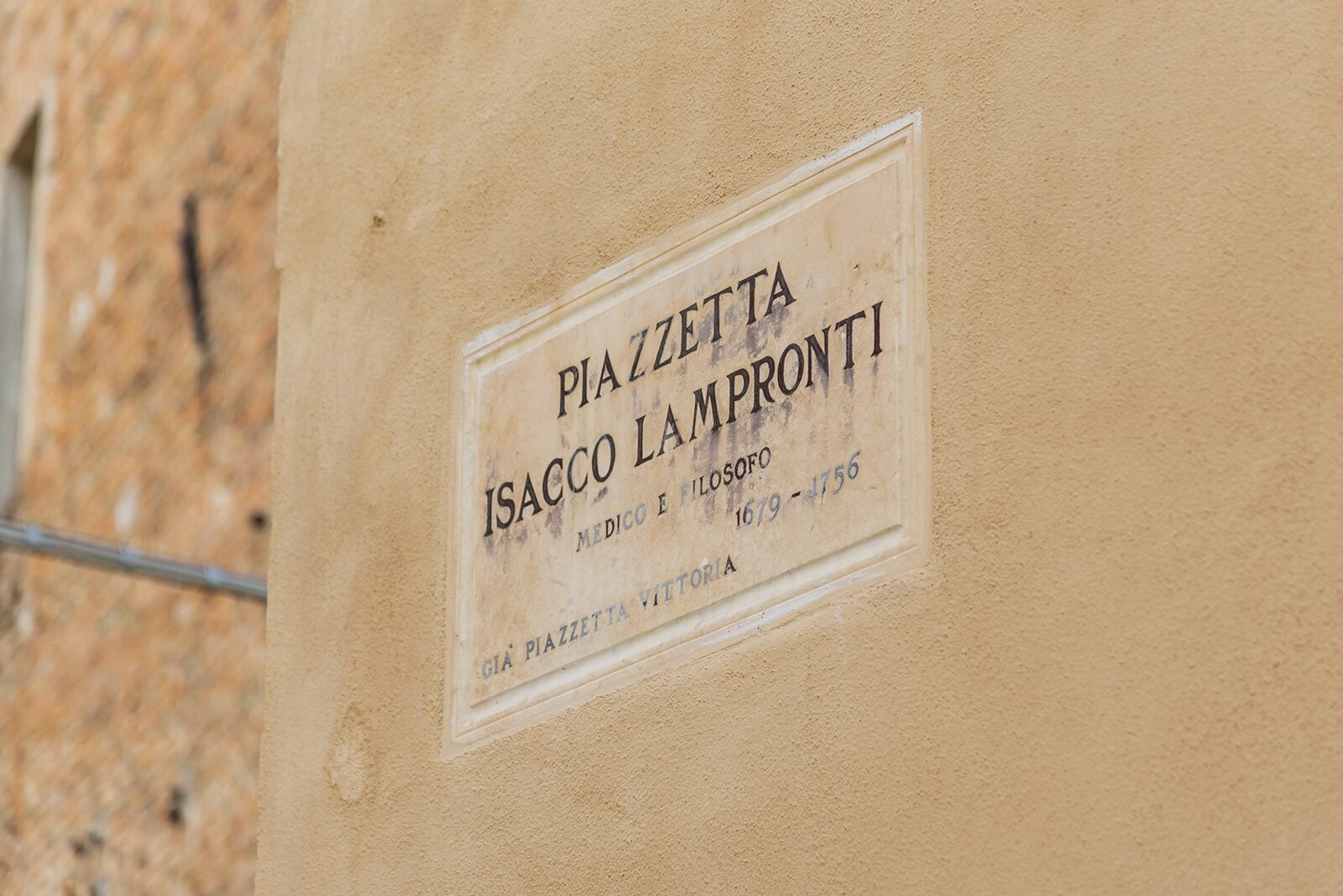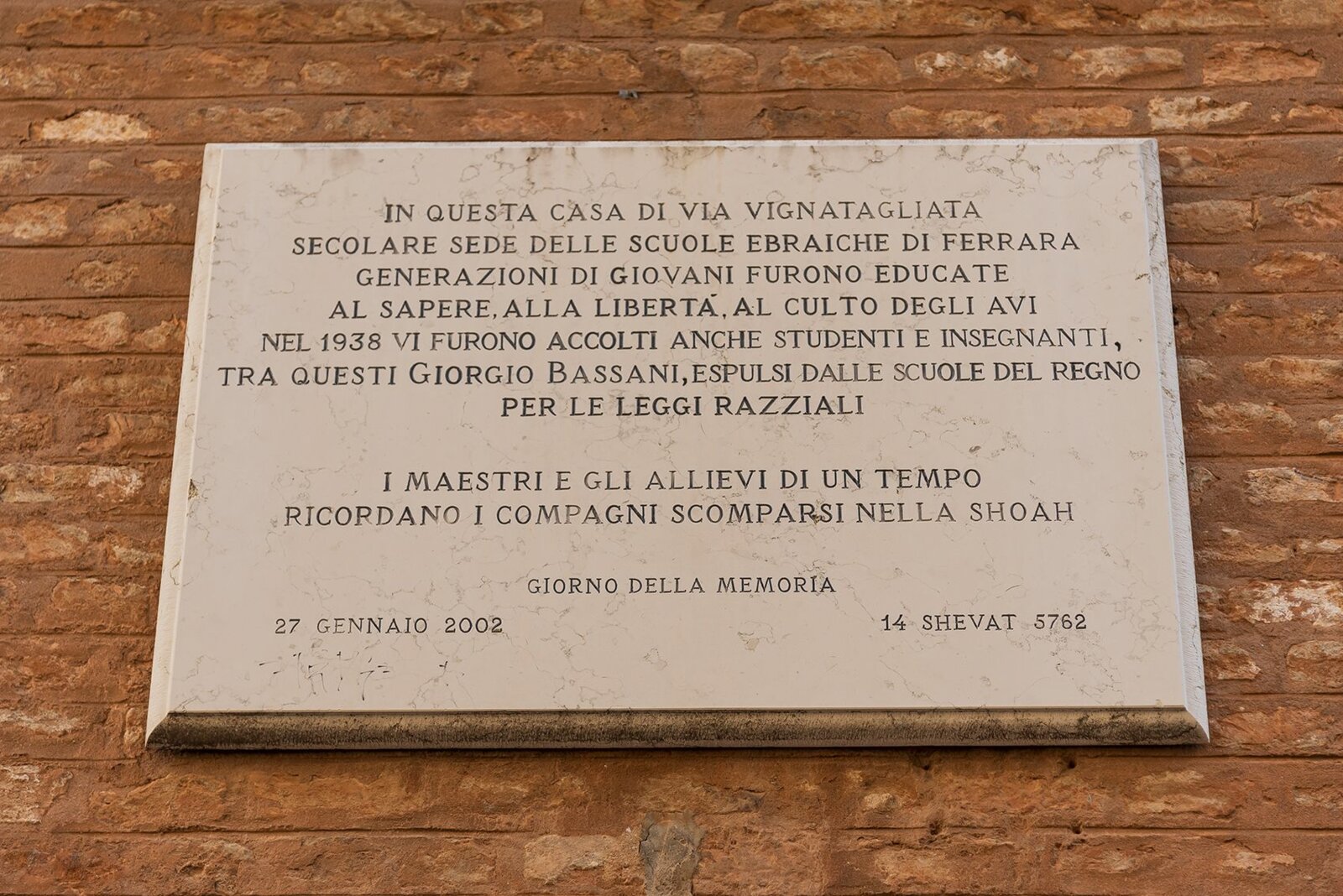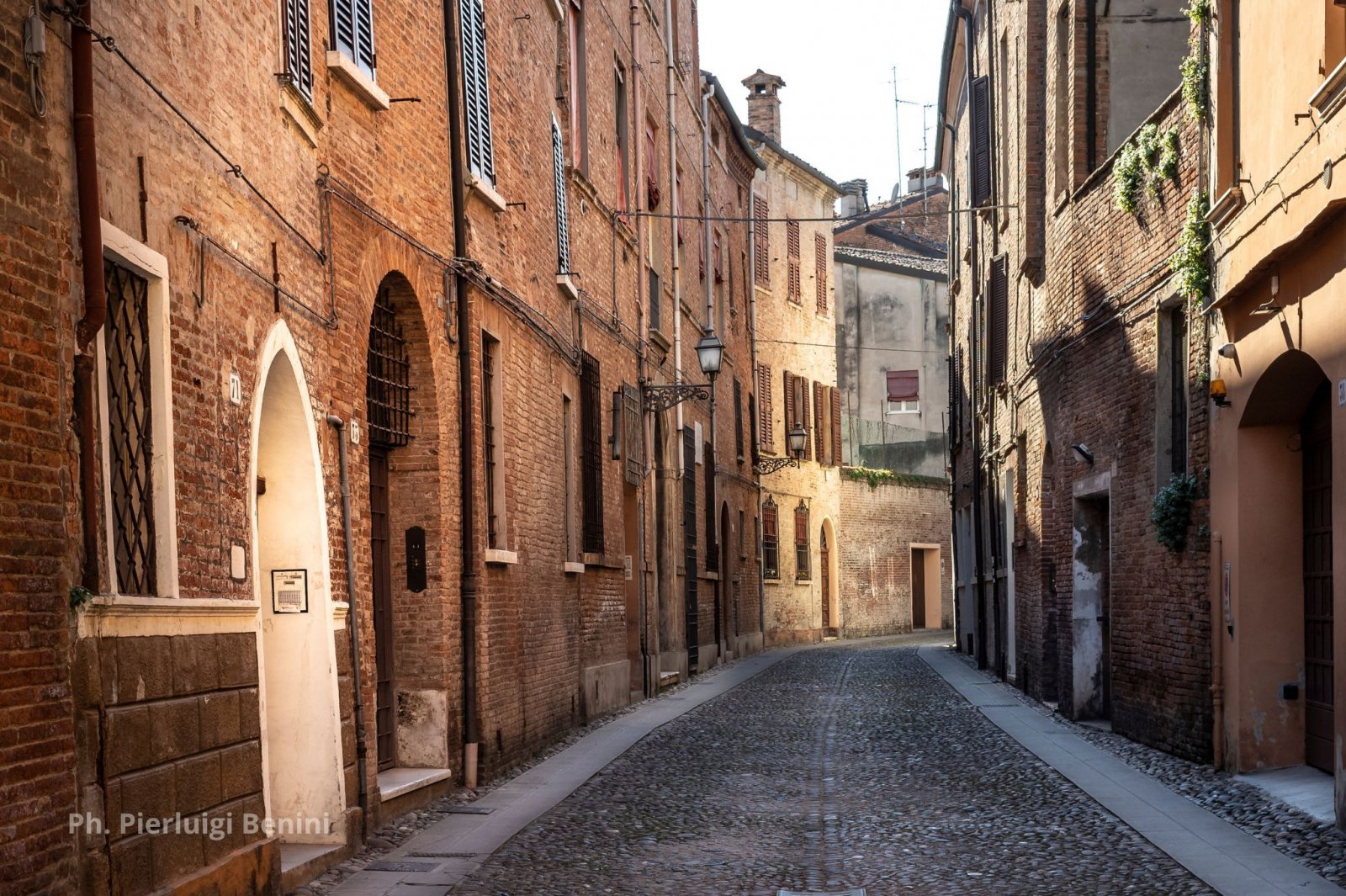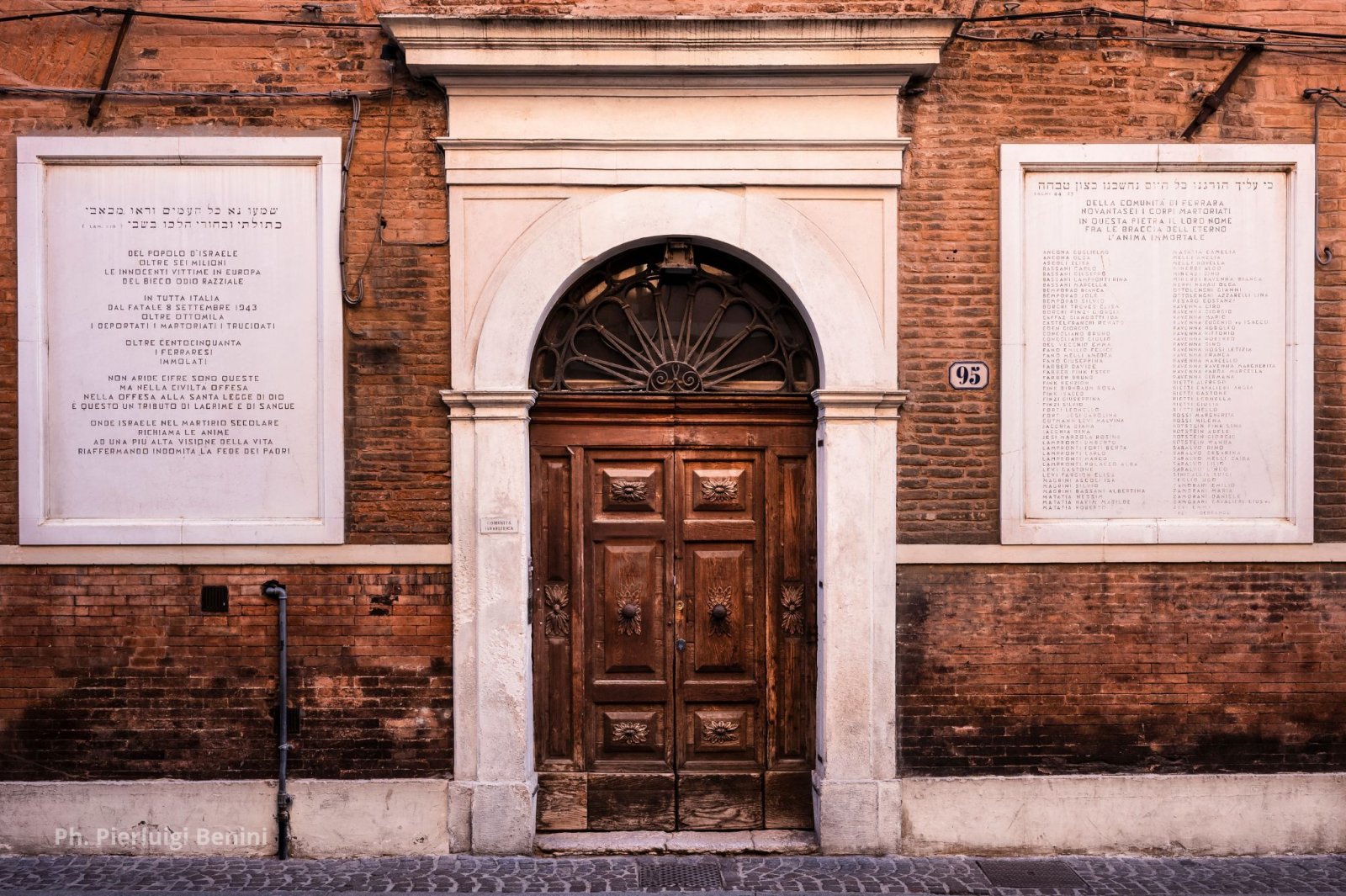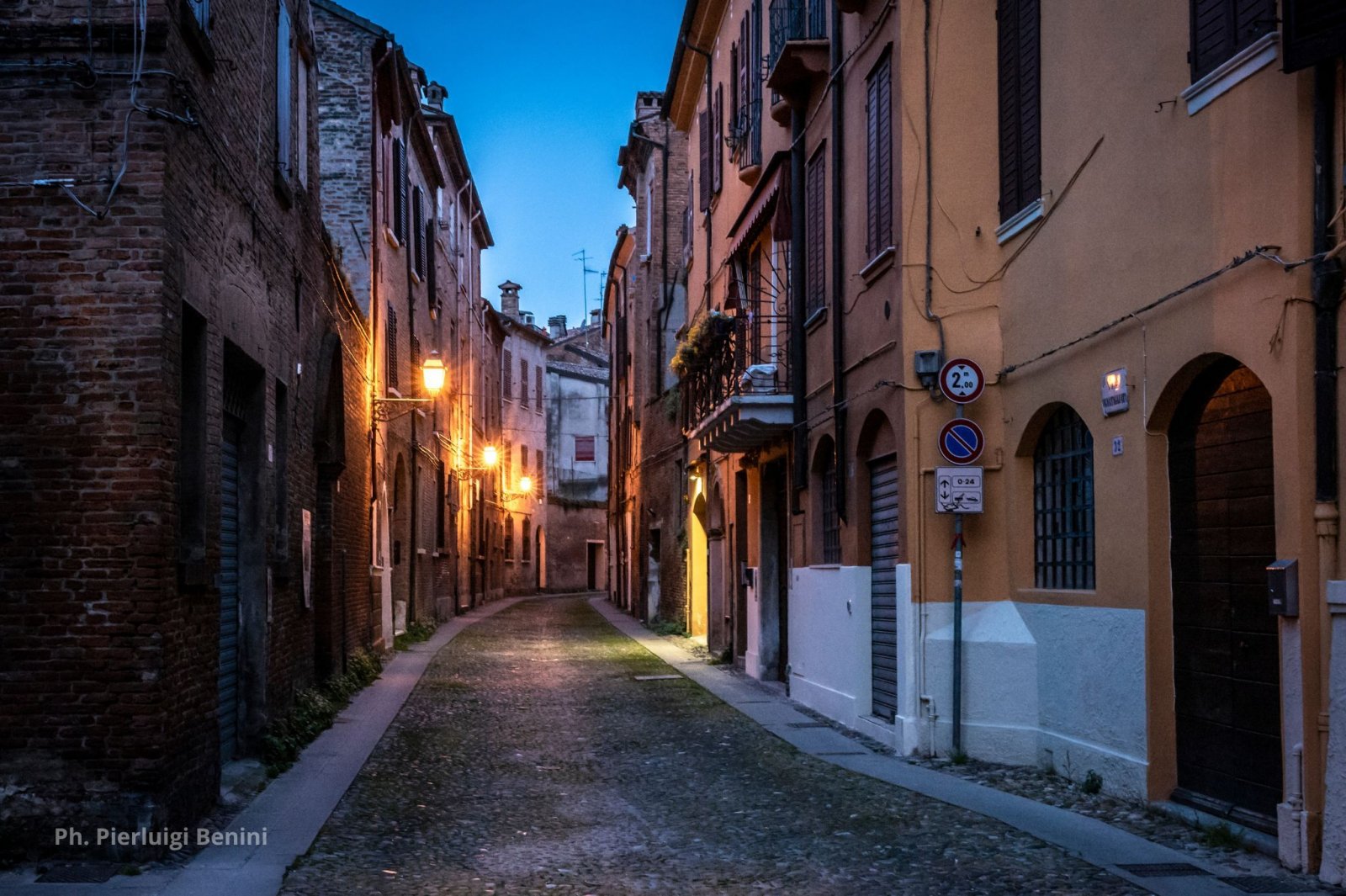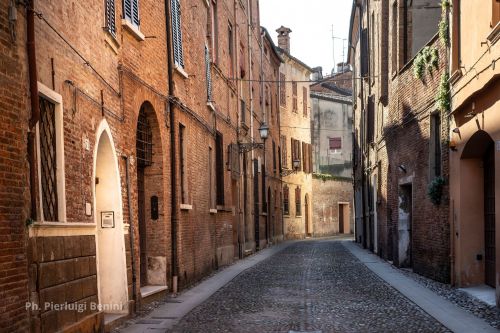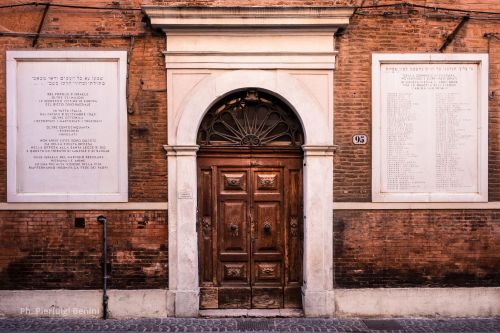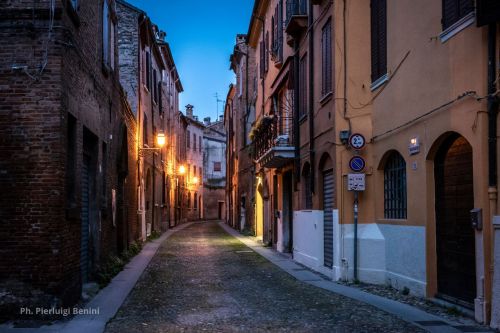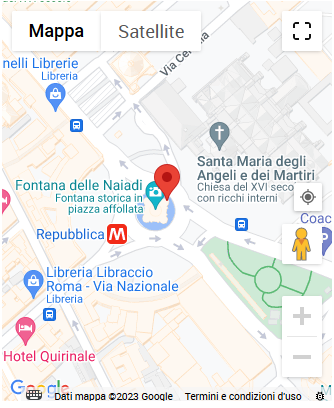Potrebbe interessarti anche

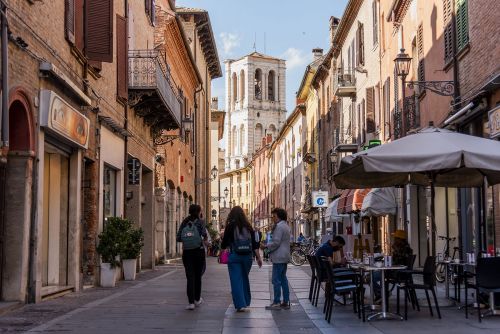
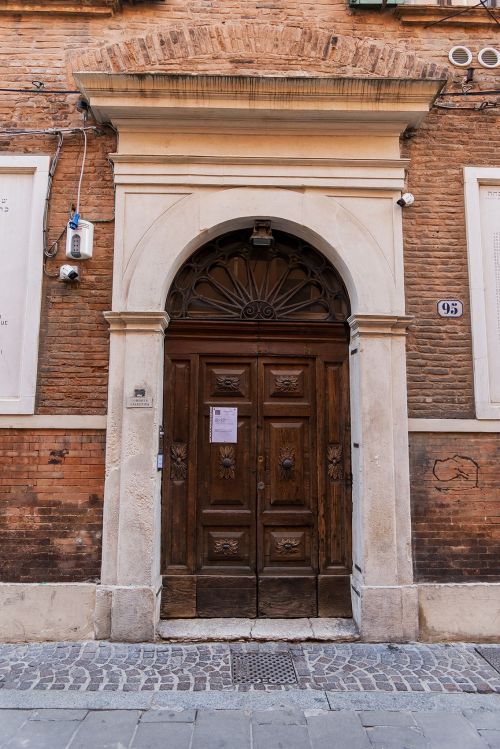
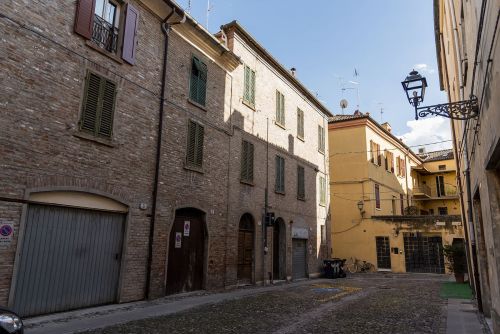
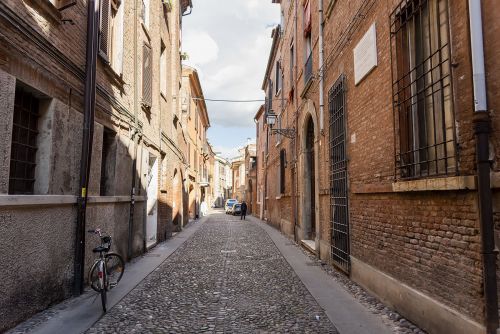
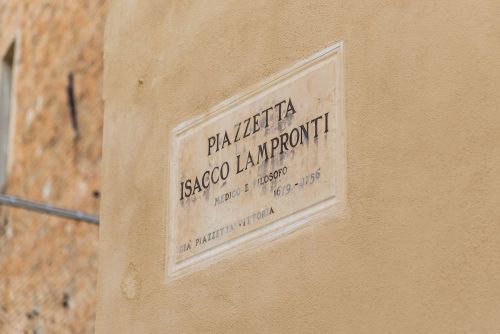
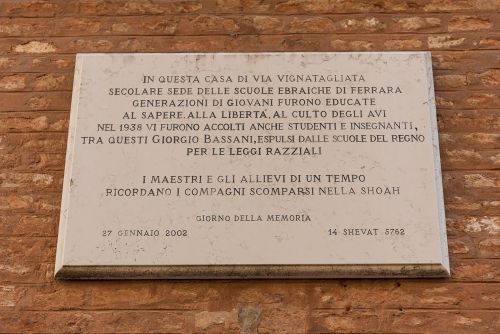
Jewish Ghetto
The history of the city of Ferrara is closely linked to that of its ancient Jewish community. The medieval quarter is still home to the synagogue and, among the streets of the ancient ghetto, it preserves the memory of a past that was not always easy. Via Mazzini was the high street of the ghetto, hosting the community's commercial and social activities. As you walk through its streets, you will feel as if you are hearing Bassani's stories, re-living an era so far away and yet still so visible in Ferrara's heritage.
Historical Notes
The presence of a Jewish community in Ferrara is attested continuously since at least the 13th century, preceding the establishment of the ghetto by several centuries.
The Estense Court welcomed and sheltered many Jewish intellectuals during the Renaissance, proving particularly magnanimous and employing fugitives –often from Spain – at Court. But in 1597, the Papal States re-established control over the city and, the construction of the Jewish ghetto began in 1624. A few years later, the approximately 1500 Jews living in the city were forced to move within it.
For more than a century the community had to comply with total reclusion from sunset time and then went through a period of intermittent tolerance until the unification of Italy.
The racial laws in 1938 began terrible persecutions that would later lead to World War II: between 1941 and 1945 the fascists stole and destroyed much of the community's property and deported nearly 200 Jews from their homes. It was at this time that the ghetto rules were re-instated
The life of the Jewish community thus took place, between Via Mazzini, Via Scienze, Via Vittoria, Via Contrari and Via Vignatagliata, until the end of World War II. Two plaques, on Via Vignatagliata, commemorate the rabbi, physician and philosopher Isacco Lampronti, known for the Talmudic encyclopedia Paḥad Yiṣḥāq. On the same street, at number 79, is the medieval building that housed the Jewish school; previously only a kindergarten and elementary school, from 1938, with the enactment of the racial laws, the school housed all of Ferrara's Jewish students and teachers, including a young and newly graduated Giorgio Bassani, who was arrested in 1943 when the institution closed down.
Of the five gates that enclosed the Jewish ghetto, fortunately only a few clues remain, while the presence of the Jewish community in the city has never been lost: in addition to the three synagogues at number 95 of Via Mazzini, since 2013, Ferrara hosts the National Museum of Italian Judaism and the Shoah.
The Synagogue
Concentrated at number 95 of Via Mazzini, only three of the Jewish ghetto's multiple synagogues are active today. The building that houses them was purchased in 1485 by the wealthy Roman banker Ser Samuel Melli, who wanted to donate it to the Jewish community of the time. This building is still a gathering place for the now small, but very active, local community. Inside it are two temples: the former German (Ashkenazi) Temple – employed today for the most solemn ceremonies – and the former Italian Rite Synagogue – which now offers its elegant and spacious hall to community celebrations and some conferences. By contrast, the Fanese Oratory is no longer in operation. The latter was a small temple dating back to the 19th century that was commonly used for Sabbath rites. In the past, these three kinds of synagogues housed on the same property made it possible for such a large community to perform different rites depending on their family origin.
On either side of the front door are still more than evident two marble plaques commemorating the more than one hundred deportees and the horrors of racial persecution.

